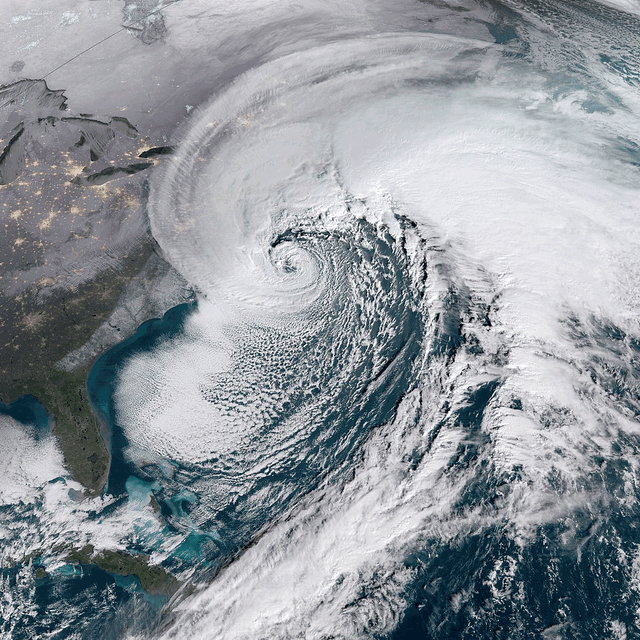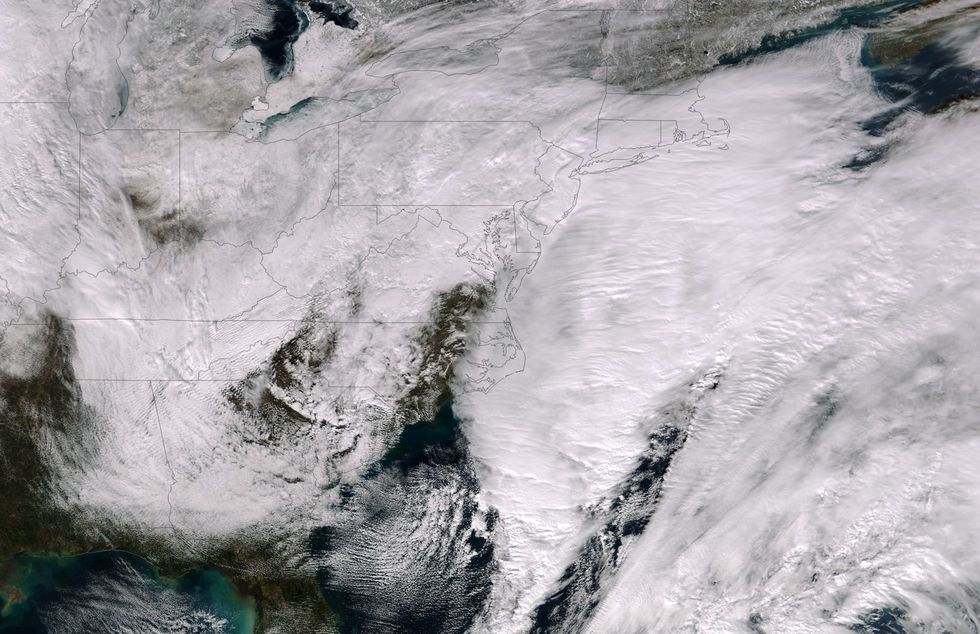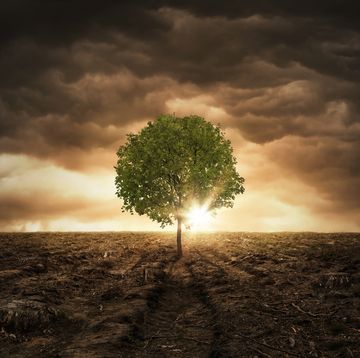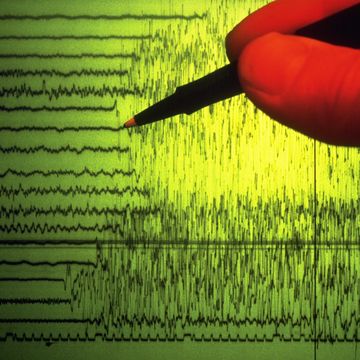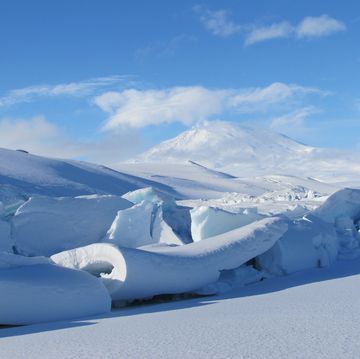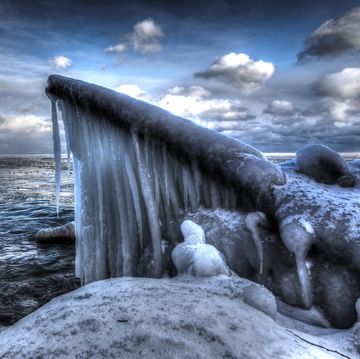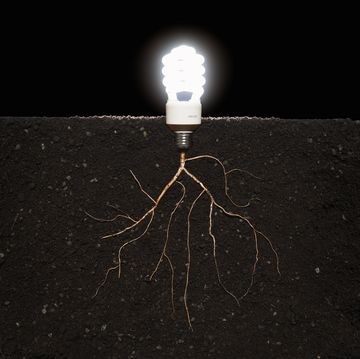- Nor’easters are windstorms that originate in the Northeast and typically hit the East Coast hardest between September and April.
- Despite the name, nor’easters can impact any part of the East Coast, not just the northern states.
- The storms typically form between Georgia and New Jersey, up to 100 miles east or west from the coast.
When it comes to nor’easters, don’t be fooled by the name: These storms are often associated with extreme snowing and flooding along the eastern seaboard, but they can also impact the southeast, as exhibited by the extreme downpours and dangerous riptides that surged through Florida in November 2021.
❄️ Science explains the world around us. We’ll help you make sense of it all—join Pop Mech Pro.
Past nor’easters have caused billions of dollars’ worth of damage, according to the Silver Spring, Maryland-based National Weather Service. One of the most notable examples in recent memory includes the “Blizzard of ’93” (also called “The Storm of the Century”).
As climate change intensifies, the number of nor’easter storms is expected to rise, according to the U.S. National Center for Atmospheric Research, based in Boulder, Colorado. Here’s what you need to know about these fascinating, yet destructive systems.
What Is a Nor’easter?
Merriam-Webster defines a nor’easter as simply a storm with northeastern winds. Britannica explains that nor’easters are “windstorms that occur as particularly strong low-pressure systems and move northward along the Atlantic Coast.”
Throughout the peak nor’easter season—September through April—the mighty windstorms typically brew between Georgia and New Jersey within 100 miles east or west of the coast, according to the National Weather Service. They bring heavy rain or snow, high winds, rough seas, and coastal flooding (especially along the I-95 corridor between Washington, D.C. and Boston). However, nor’easters are strongest further north in New England and in the Canadian Maritimes of New Brunswick, Nova Scotia, and Prince Edward Island.
Why Is It Called a Nor’easter?
The term is technically a contraction of “northeaster” or “northeastern,” and it refers to where the wind originates from in most nor’easters. The University of New England even calls its students and sports teams the Nor’easters—talk about tempting fate.
Why Do Nor’easters Occur?
In short, low-pressure systems cause nor’easters. When strong northeastern winds meet opposing warm winds coming from the south and west, it causes disparities between the lower-pressure hot air and the higher-pressure cold air. Hot air contains more energy than cold air and is less dense, so there’s a pressure differential where the two areas mix. Air naturally wants to spread out to fill in the low-pressure area—moving toward equilibrium—which causes stormy weather.
Cold winds blow down from the northeast, strengthened by the jet stream that passes right through the northeastern United States. The cold winds meet warmer air, forming low-pressure systems that continue to travel northeast from their point of formation.
What Are the Criteria for a Nor’easter?
A nor’easter typically forms from winds that come from the northeast, but they don’t always have to. Generally, a nor’easter is a strong storm generated by a large low-pressure system. The most specific criteria is that it forms in the northeastern region that gives the storm its name.
What Is A Nor’easter Vs. a Hurricane?
There are some simple mechanical and logistical differences between a nor’easter storm and a hurricane. First, hurricane season is almost the complete opposite of the nor’easter season. Hurricanes typically form between June and November, while nor’easters occur between September and April. Hurricanes also usually originate farther south along the east coast and along the Caribbean “coast.”
Hurricanes are marked by rotating mechanics and winds that are over 70 miles per hour. Nor’easters don’t have to rotate, they don’t have to meet a minimum wind speed in order to be designated nor’easters, and they typically have a more linear weather front where the cold and hot air are colliding to create the low-pressure area.
Are Nor’easters More Dangerous Than Other Storms?
The term nor’easter doesn’t inherently make a storm any more or less dangerous than something like a blizzard—another specifically defined kind of storm that is still not automatically severe. The term nor’easter might sound scarier than it is because it’s a coastal storm that people may associate with hurricanes or cyclones (though both of those storms have stronger, more severe criteria than nor’easters). There are no “levels” of nor’easters, and they can be anywhere from mild to severe.

Caroline Delbert is a writer, avid reader, and contributing editor at Pop Mech. She's also an enthusiast of just about everything. Her favorite topics include nuclear energy, cosmology, math of everyday things, and the philosophy of it all.
